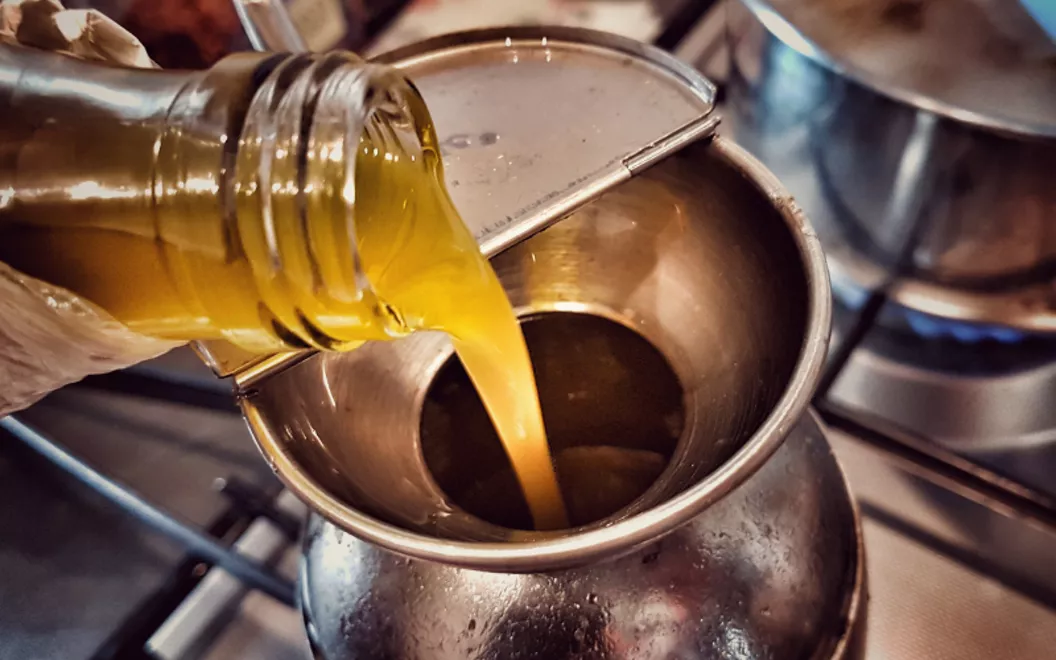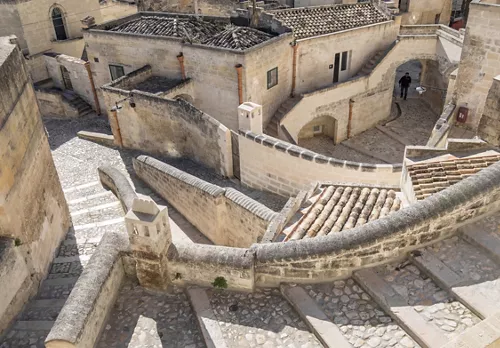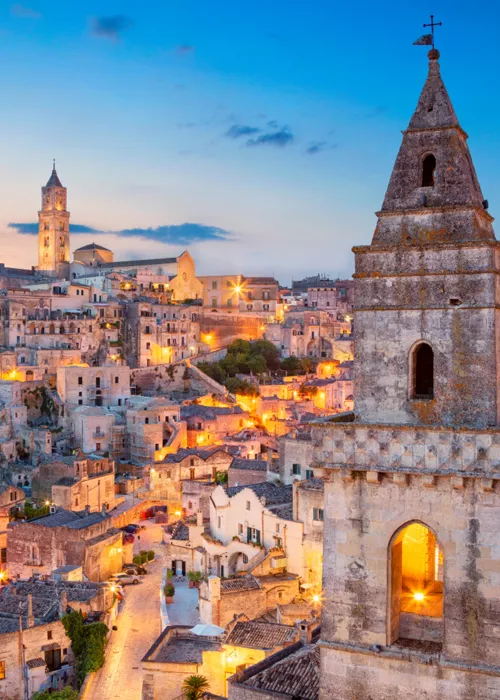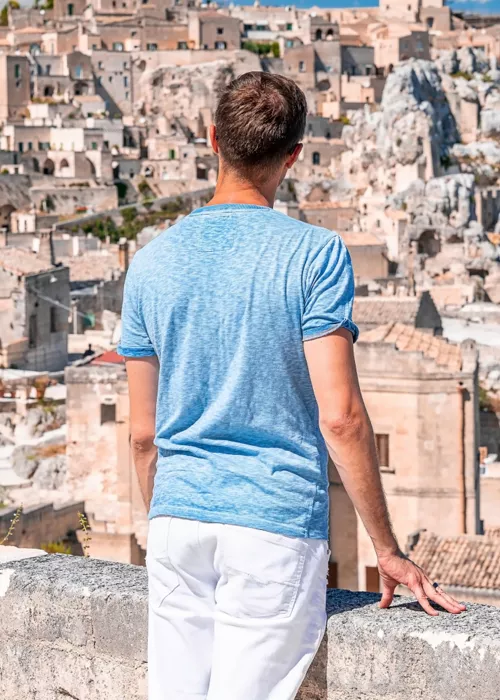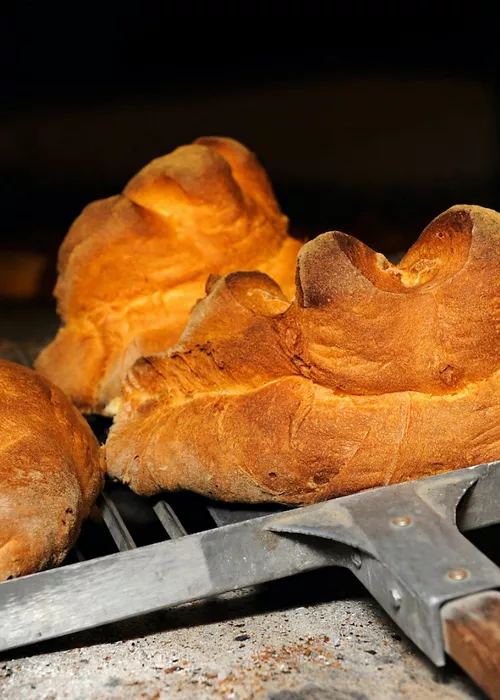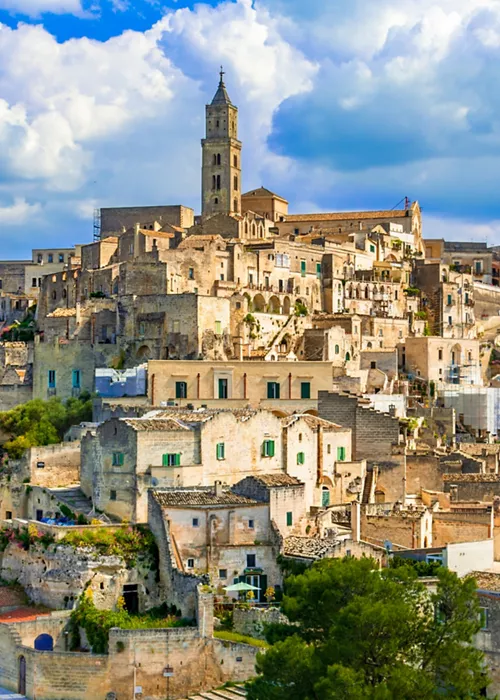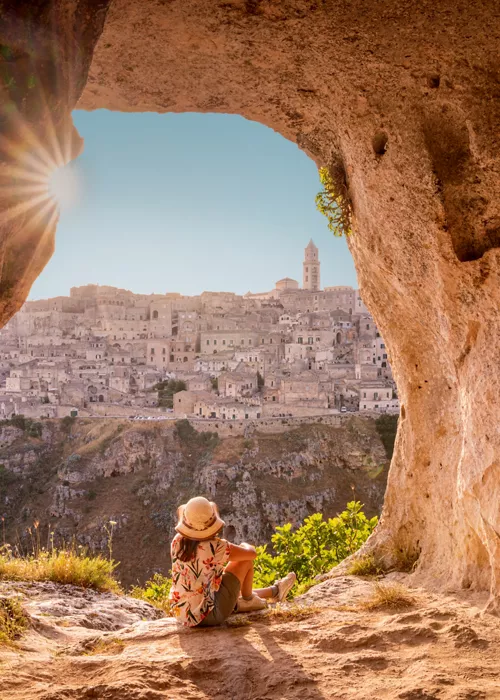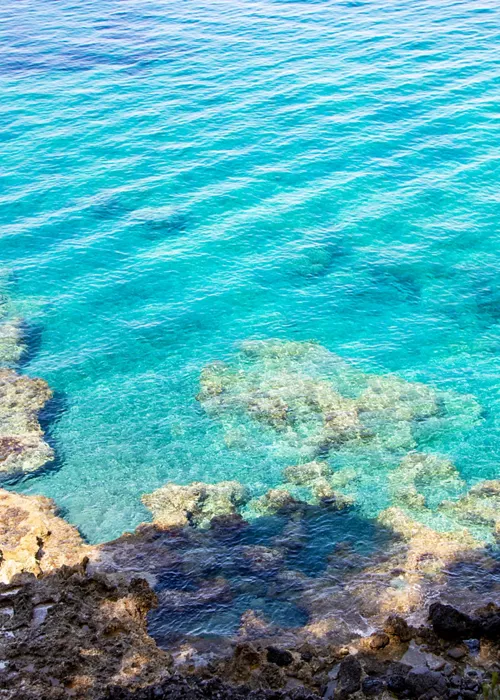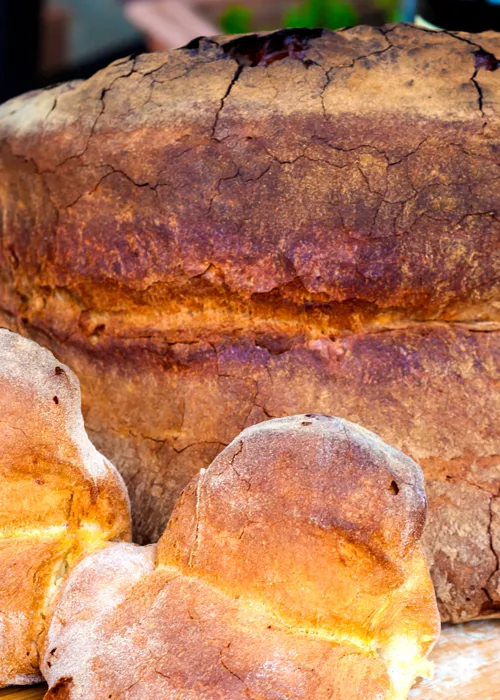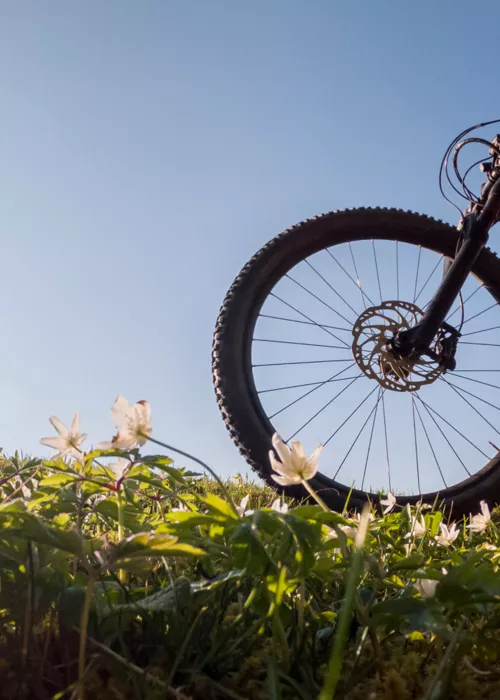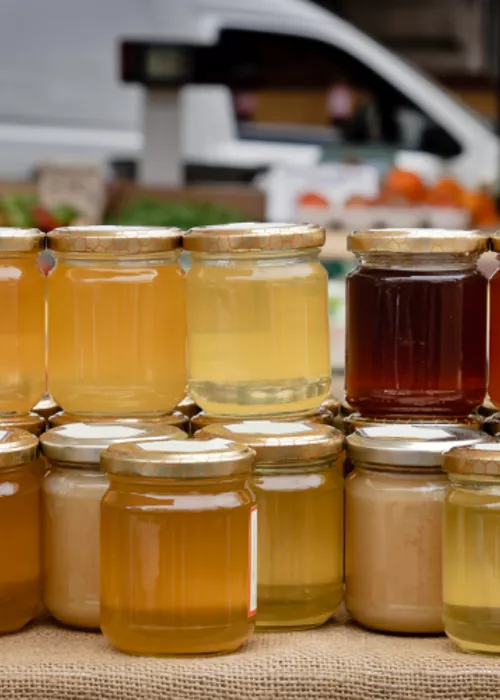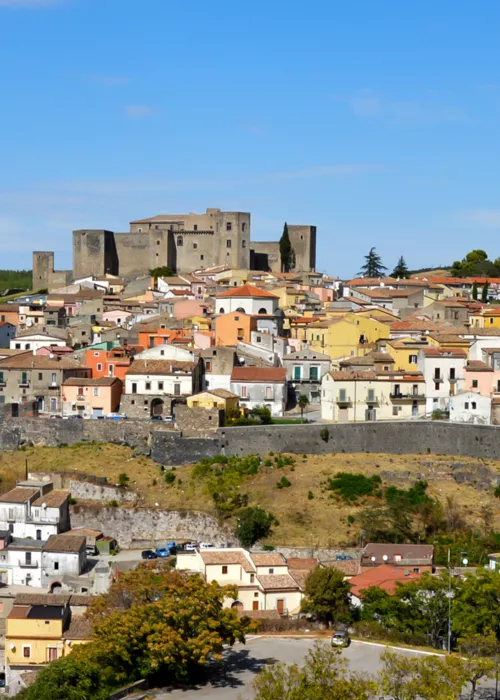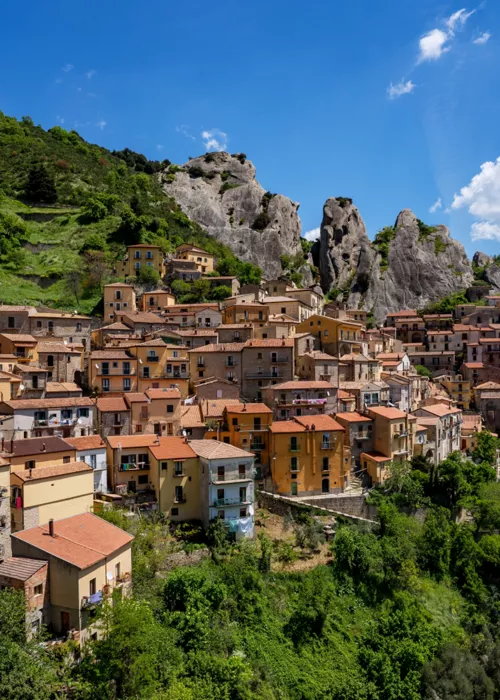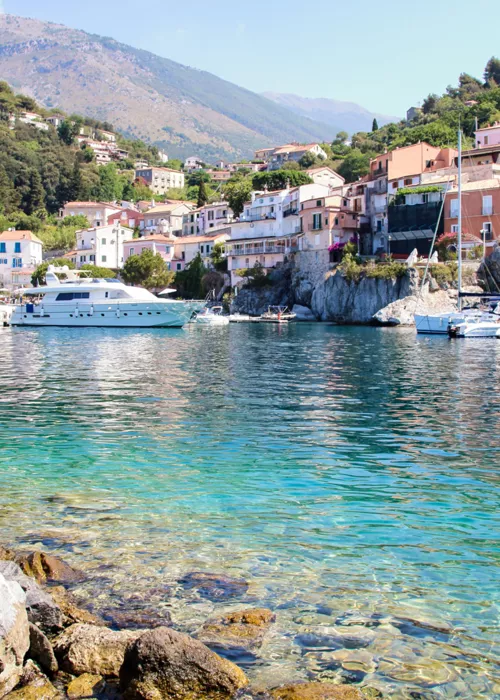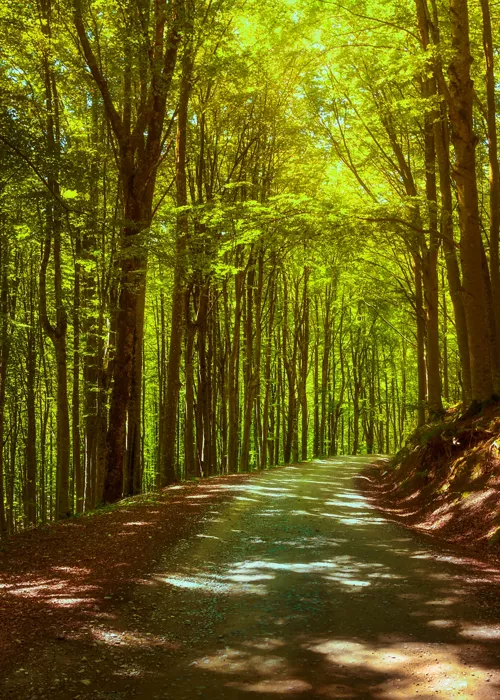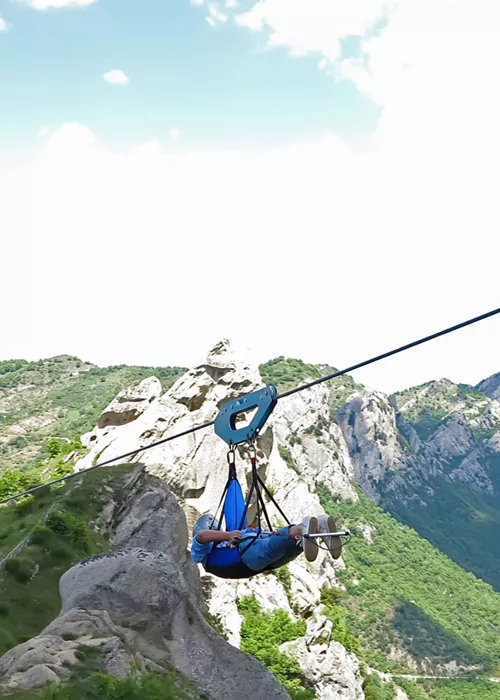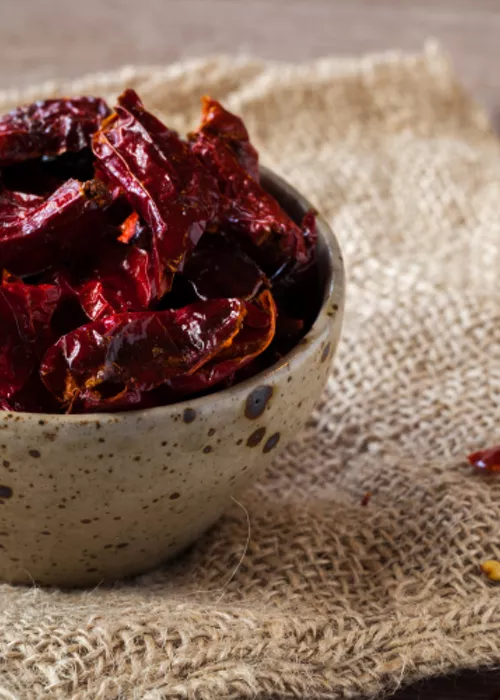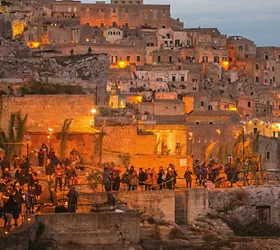Lucanian Delights: Basilicata's Extra Virgin Olive Oil
3 minutes
Medium fruity, slightly bitter and sometimes spicy, with a colour between green and yellow: these are the characteristics of the Olio Evo della Basilicata, which from 2020 can boast the IGP, or Protected Geographical Identification.
This important recognition has brought the number of branded products of excellence in the Region to eighteen, boasting five DOP, seven IGP, four DOC, one DOCG and one IGT including wines, vegetables and cereals, meats, cheeses and the bread of Matera.
Los orígenes del cultivo del olivo en Basilicata
Basilicata, after all, has always been a land with a great vocation for agriculture and, consequently, for food and wine. Among the flagships of the regional economy is olive growing, traces of which date back to the 6th century BC. Excavations carried out in Pantanello di Metaponto by Professor Joseph Coleman Carter from 1974 to 2016 have brought to light much of what was involved in the care of olive trees in pre-Roman times, offering useful information on the organisation of ancient farms and agriculture, but also on the types of cultivars present in the area, thanks to the discovery of leaves, olives and stones.
El molino de aceite más antiguo de Lucania
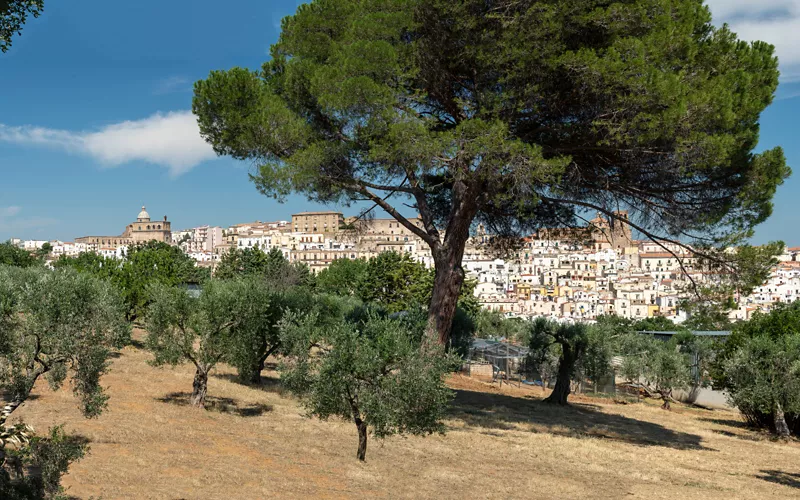
According to the most accredited hypotheses, it would have been the Greeks who introduced the cultivation of the olive tree in ancient Lucania: here, in fact, there were non-native varieties. In Ferrandina, not far from Matera, in 2017, during a series of preventive archaeological excavations, an olive oil production plant was found, dating from the late 4th to early 3rd century BC. Today we know that there was an oil cell here, which was used to collect the product after pressing.
The project is called FArch - Ferrandina Archeologica: to find out more, plan a visit to the MAFE, the Archaeological Museum opened in 2021.
La variedad de cultivares en Basilicata
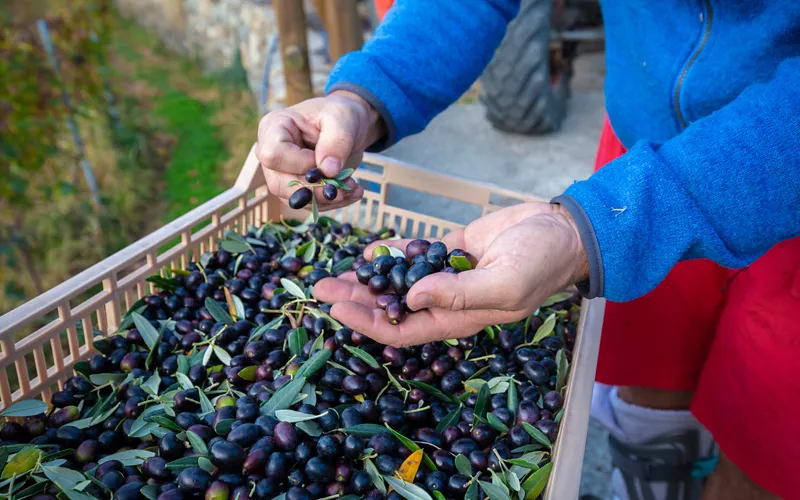
Olive growing is still one of Lucania's main agricultural activities: 85% of the region's land is used for olive trees, with an annual production of five hundred thousand quintals. There are three production areas for Extra Virgin Olive Oil in Basilicata : Bassa Val d'Agri, Vulture and Bassa Collina Materana.
There are numerous Lucanian cultivars – as many as 27 – from the Ogliarola, which grows well on soils of volcanic origin, to the Majatica of Ferrandina, which besides EVO oil also gives table olives. The latter represent a true local gastronomic speciality, so much so that they have become a Slow Food Presidium, the baked olives of Ferrandina.
La aceituna al horno de Ferrandina, Baluarte Slow Food
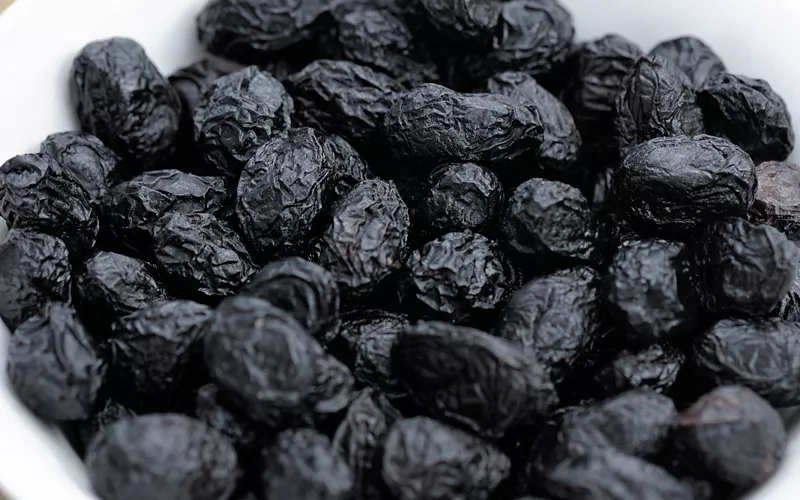
Again, this is an ancient tradition. The first written records of olives being baked date back to 1700. Only Majatica is used to make them: it has a small stone compared to the pulp, which makes it perfect for the process.
How does it work? After harvesting, the olives are dried for about a week on wooden boards; processing then involves an initial blanching in water at 90° for just a few minutes. The next steps are drying and dry salting. Once dehydrated, the olives are dried in special dryers at 50°.
Storage is easy: kept cool, they can be consumed even within a year, so they are also perfect for bringing home the taste of Basilicata.
To consume them on the spot, however, one is spoilt for choice.
Try them with Lucanian salami, or combined with mature pecorino cheese. Alternatively, they are seasoned with olive oil, garlic and orange and lemon peel, but they are also excellent with pumpkin or stewed codfish: a real delicacy!

